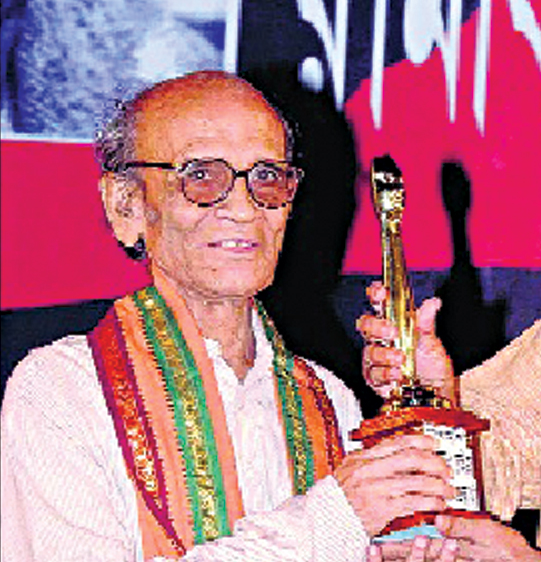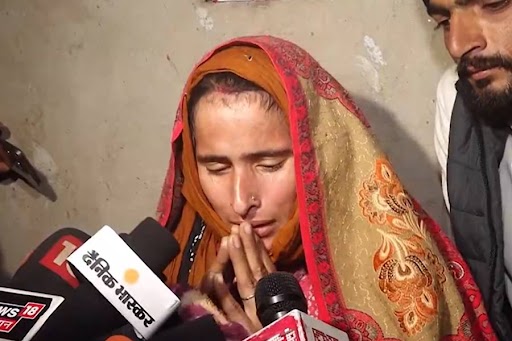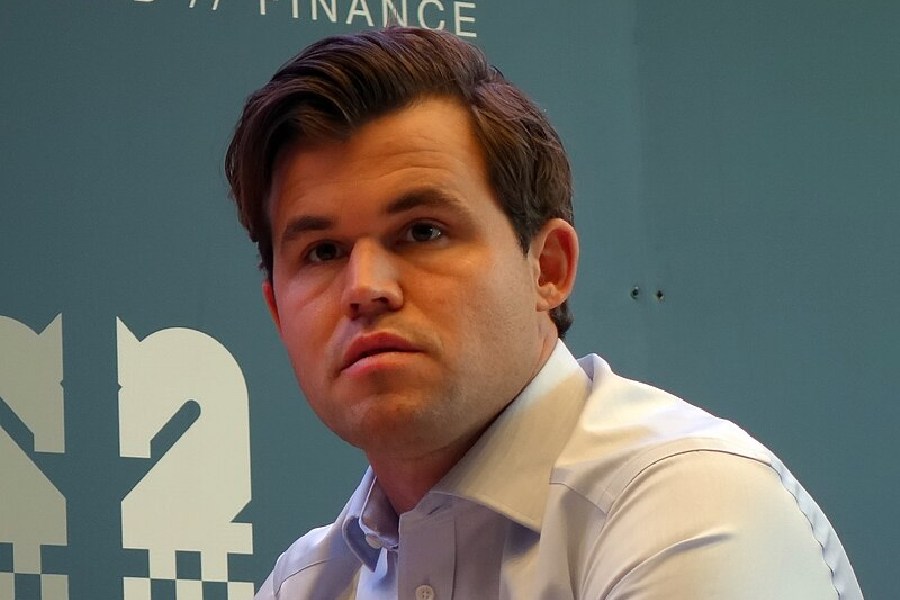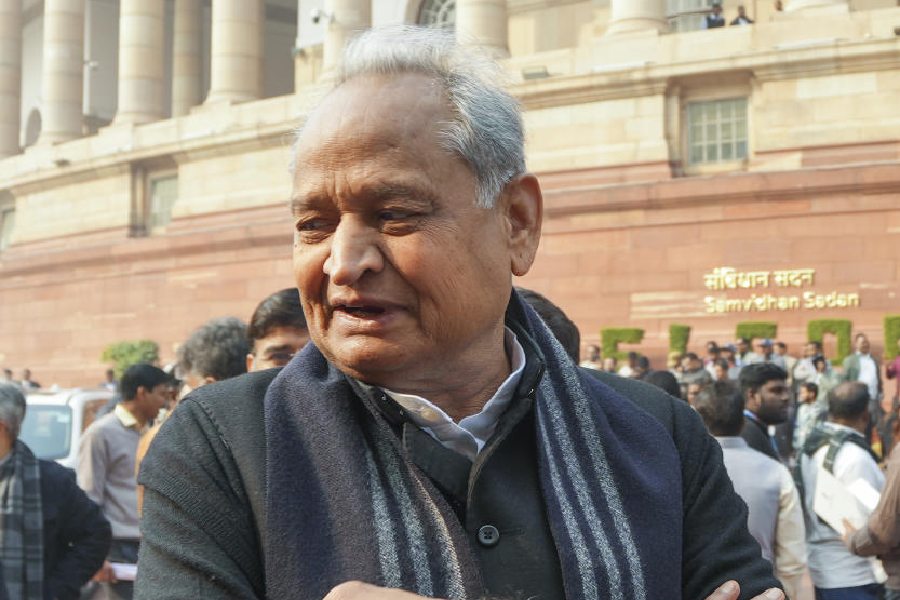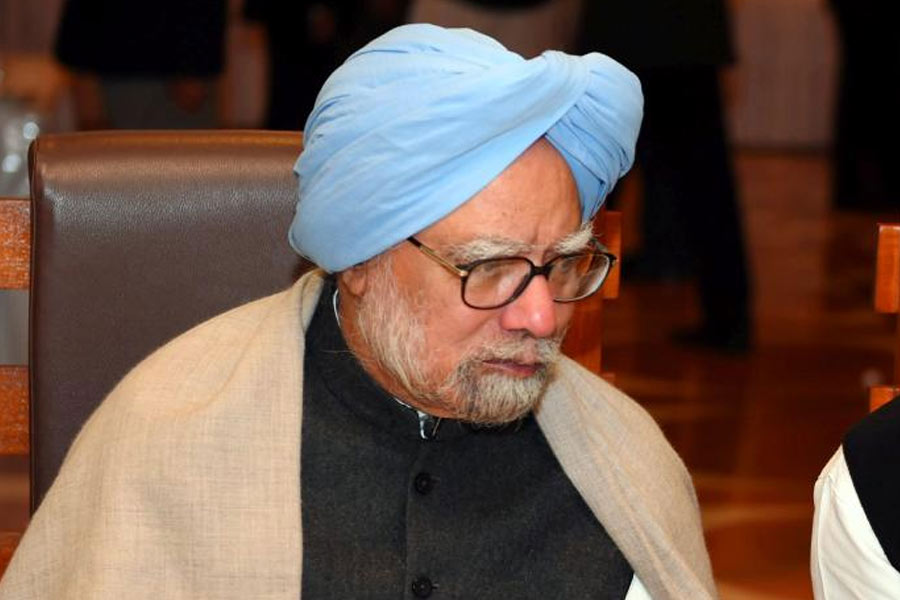Sculptor Bipin Goswami passed away in his IB Block residence on Tuesday afternoon. He was 85. According to family sources, he was suffering from kidney-related ailments. He is survived by his wife Sulekha.
Goswami grew up in north Calcutta and would often drop by as a child in Kumartuli to watch idol-making. He even modelled a Saraswati and worshiped it at home. One day, he was spotted by sculptor Sunil Pal peeping into his studio. He asked him to mould something with a mound of clay. It was he who spotted his talent and convinced his father to enrol him in Government College of Art and Craft where he was a teacher.
On passing out, he got a teaching job with the Indian College of Art, in course of which he got a scholarship for a course in Yugoslavia where he mastered bronze casting.
In an interview to The Telegraph Salt Lake published on June 16, 2006, Goswami had said: “I have worked in many media — stone, wood, plaster of Paris, clay… Each has a separate character but bronze is my favourite.”
Which is why barely months after a bypass surgery that year, he had smilingly admitted that he was back to working on a Buddha to be moulded in bronze. Sculpture is not only a most laborious form of art, bronze as a medium also involves the most complicated process. He had gone on to serve as principal of the Indian College of Art.
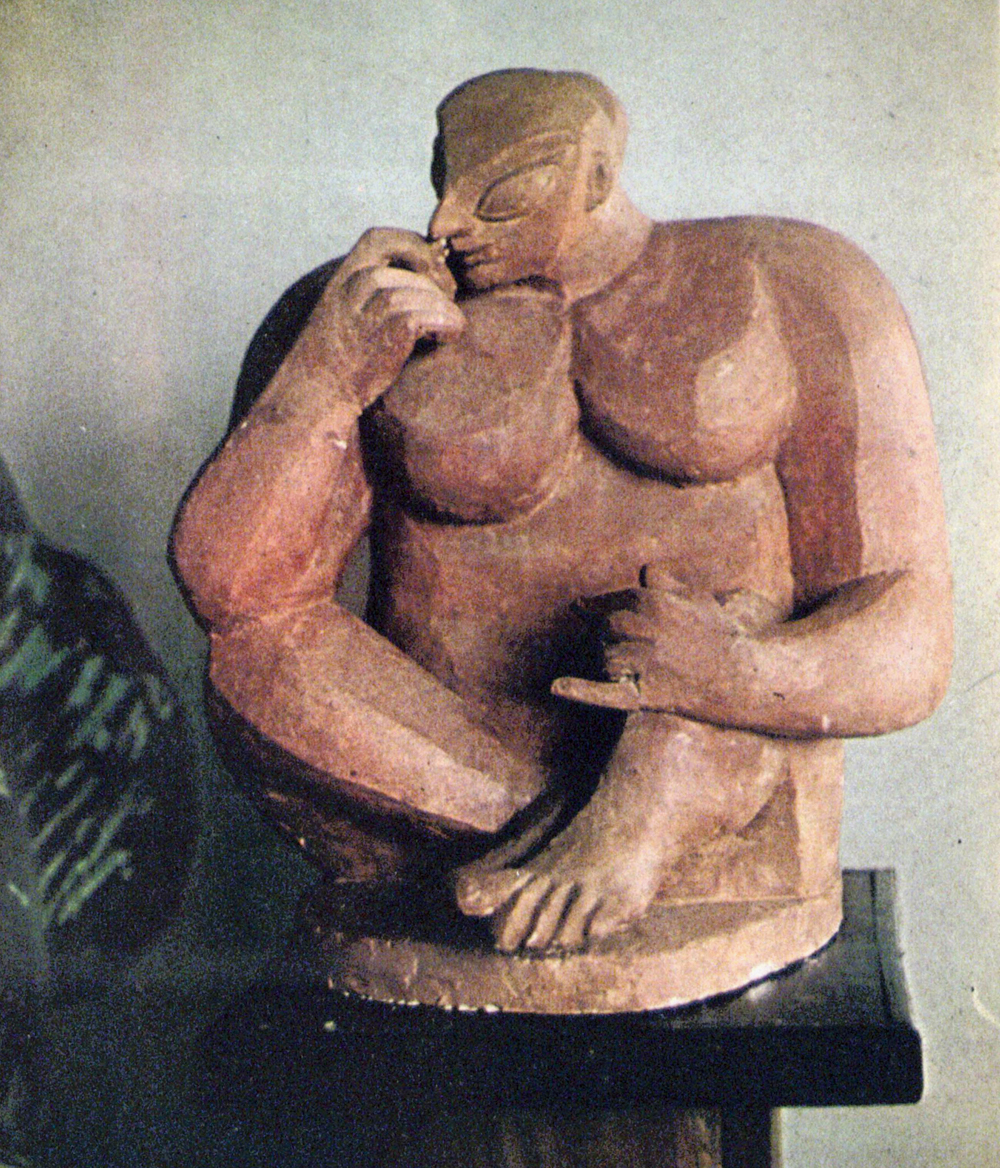
A sculpture by Bipin Goswami The Telegraph picture
His stint of doing transfers of the works of Ramkinkar Beij in bronze at the request of the government brought him close to the maverick sculptor. Goswami had shared with The Telegraph Salt Lake how Beij, an “eccentric man”, once took a Calcutta-bound train at dawn all alone. “On alighting at Howrah, he asked around for my house. I was hardly that famous! Thankfully, he remembered Baguiati and people put him on a rickshaw. After hours on the road, he reached my studio at 4 pm.”
Goswami transferred close to 20 of Beij’s sculptures, including a dozen that he did for Lalit Kala Academy in Delhi. “The bigger pieces like Koler Banshi and Santhal Paribar were more than a single piece as the multiple figures had to be created in proportion to each other and their angles of movement retained,” he had recalled.
After that, Goswami joined Kala Bhavana under Visva Bharati. He settled in Salt Lake post-retirement in 2000.
“Folk and naturalism blend in his work. He was fascinated with Kalighat pata painting, especially for their naturalism, mass and volume. He never followed reality, preferring instead to come up with his interpretation that was a stylised distortion of reality,” said art historian Prasanta Daw, a resident of Purbachal Cluster 3R, who was among those who were close to him in his final years.
He chooses Goswami’s Babu series of sculptures for special mention. “It was his take, laced with fantasy and humour, on the babus towards the end of the colonial era when they were bereft of their wealth but trying hard to put up a luxurious front.” He had done some paintings too.
Goswami was cremated at Nimtala burning ghat.

